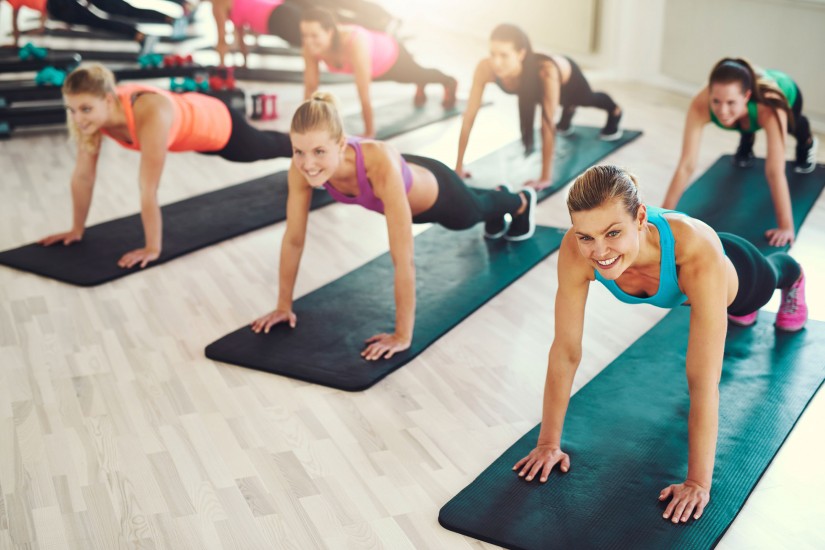Many women go for their annual checkups, which may include a bone mineral density test and leave with the diagnosis of osteopenia or osteoporosis. Along with changes to their diet and vitamin supplementation comes the recommendation for a resistance-training program.
In reality, the onset of osteoporosis will come since it is part of the aging process. Individual factors such as genetics, peak bone mass and lifestyle habits will determine the rate of its onset.
What exactly is Osteoporosis?
Osteoporosis is a disease that is characterized by low bone mass and structural deterioration of bone tissue. This reduction in bone mass will cause skeletal weakness and increase susceptibility to bone fractures. It is a public threat for 44 million Americans, 68% of whom are women. One out of two women will have an osteoporosis-related fracture in their lifetime. With some risk factors unchangeable; for instance gender, age, family history and natural hormonal status of estrogen, it is important to take what steps are possible to prevent or delay this disease.
One step that has been proven is exercise and a more active lifestyle.
Bone is a living, growing tissue with our bone strength being determined by what is called a remodeling cycle. This removal and creation of new bone is responsible for our bone strength through out our life. Old bone is removed (called resorption) and new bone is created (called formation). During childhood and teenage years, new bone is added at a faster rate than old bone is removed. This occurs until we reach our peak bone mass at around thirty years of age. This peak bone mass will remain relatively the same until later in our years when the remodeling cycle actually reverses. At this time, bone loss and eventually the development of osteoporosis will occur. This is due to the resorption phase now occurring at a faster rate than the formation phase.
Taking measures to maintain bone health is particularly important for women since research studies show a bone loss and estrogen link. This correlation occurs at the time of menopause. Menopause is characterized by the loss of estrogen production by the ovaries. This loss results in an acceleration of bone loss for a period of five to eight years. The lack of estrogen enhances the resorption phase to a faster rate than average bone loss. Since the creation of new bone is not increased to compensate, the bone loss is magnified. With the controversy of HRT, women need to recognize the necessity of bone health and the affects it may have on their daily life.
What exercises can be beneficial?
Exercises of high intensity are recommended to prevent or delay the onset of osteoporosis. Most often “weight bearing” exercises will also be prescribed. The truth is all external resistance applied to the body will elicit internal forces on the bone through the direction of load and muscle compression. The intensity of the exercise is the key to a successful program against osteoporosis. A good indicator of the right exercise intensity is to perform activities that are more challenging that what you do on a daily basis. So if you constantly go walking, you may have to try an alternative activity in order to affect bone mineral density. A suggestion may be jogging, an elliptical machine or cycling. Just remember, if it is an intensity that you are used to doing, there will be no additional stress to the bone for it to adapt to.
The earlier women get into a resistance training program the better. It is important to advocate “lifting weights” to women of all ages. This type of program will help improve bone health along with increase coordination and balance. More strength and control of your body will decrease the chances of a fall or injury in the future.
There always is that concern from many women that “they do not want to get big muscles.” There is no need to worry. One percent of women actually have that genetic potential and use it to their advantage and work in the industry. The truth is that most women do not have the proper amount of hormones, muscle belly and tendon lengths to produce such a large cross sectional area of muscle. You can get strong; improve your bone health without the worry of big muscles!
It is important to take preventive measures since osteoporosis is a silent disease that occurs without symptoms. Most people go undiagnosed until after an injury. So, it is never to early or late to start a resistance program to control the delay of this disease.




